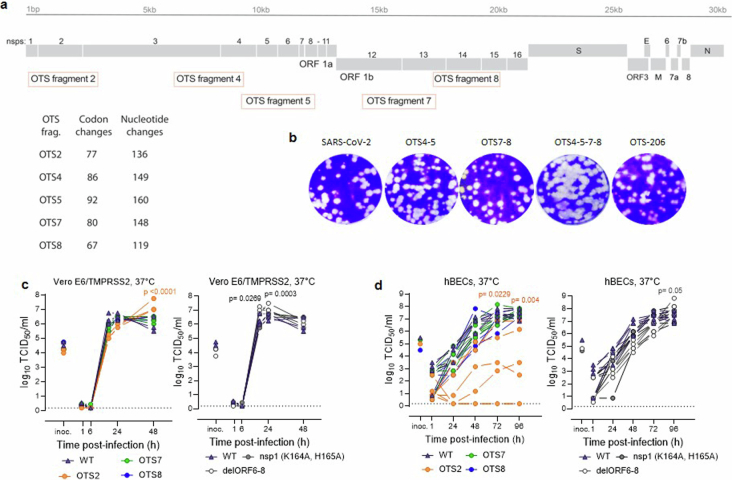Extended Data Fig. 1. OTS constructs show comparable replication kinetics to WT in vitro, but higher sensitivity to treatment with antivirals.
a, Schematic overview of the mutations introduced to SARS-CoV-2 genome to generate OTS codons. Fragments 2, 4, 5, 7, and 8, which are used for TAR cloning of recombinant SARS-CoV-2 clones have been modified to enrich the number of one-to-stop codons. The number of codons and nucleotides that have been changed are indicated for each fragment. For the OTS-206 construct, two additional point mutations were introduced in Nsp1 (K164A/H165A) and open reading frames ORF6 to ORF8 were deleted. The number of codons and nucleotides that have been changed in each fragment are listed in Supplementary Table 1. b, Representative pictures of the plaque sizes of viruses in 6-well plates 2 dpi. Virus growth kinetics assessed by TCID50 assay on c, Vero E6/TMPRSS2 cells (n=3) and d, human bronchial epithelial cell (hBECs) (n=6 (3 replicates from 2 donors)). Each line in the graphs shows the titers obtained from one individual sample. Statistical significance was determined using two-sided, two-way ANOVA and p-values were adjusted using Tukey’s multiple comparison test (CI: 95%); *P<0.05, **P<0.01, ***P<0.001, ****P<0.0001.

